
Our Online Extractives Governance Course: What We've Learned, What We've Changed and Why You Should Register
Earlier this year, the Columbia Center on Sustainable Investment, the Natural Resource Governance Institute, and the Sustainable Development Solutions Network (SDSN), with support from the World Bank, launched a free online course that allows anyone, anywhere to learn about how natural resources can be a catalyst, rather than an obstacle, to achieving the Sustainable Development Goals. We gathered some of the world’s most renowned experts in natural resource governance to film approximately 70 videos that make up Natural Resources for Sustainable Development, our 12-week massive open online course (MOOC).
The course, which is offered twice a year in February and September, builds learners’ knowledge on how to make the most of oil, gas and minerals in achieving development outcomes, while mitigating the risks that these industries bring. It outlines the various complex and interrelated aspects of natural resource governance, including:
- understanding the governance and industry fundamentals
- developing and implementing robust and transparent legal frameworks
- designing fiscal regimes to capture a fair share of the revenues; managing environmental risks
- engaging with communities
- leveraging investments for infrastructure and business linkages
- managing revenues for economic diversification and development
Because they are entirely digital, MOOCs yield a wealth of fascinating statistics about how participants engage with the course, gathered through self-reported demographics, feedback surveys, and anonymized viewership analytics. This makes it easier to understand the typical profile, preferences and needs of students taking the course and respond to their expectations, while providing us with a better sense of how this MOOC can strategically advance our shared mission of turning natural resources into development opportunities.
As we prepare to launch a new edition in September 2016, we wanted to share with past and prospective participants our brief analysis of the data from the inaugural February-May 2016 run of the course, and to discuss how we are responding to some of the findings and student feedback.
Number of participants
More than 900 people were active throughout the course and started the graded portions, and around 600 earned certificates by passing the MOOC’s quizzes and the final exam. The percentage of enrollees who stayed active in this course is relatively higher than comparable MOOCs offered by SDSN and other MOOC providers. In an effort to keep completion numbers at or close to this level for future MOOCs, we will continue to change and innovate each edition to refresh content and ensure that the course remains relevant over time.
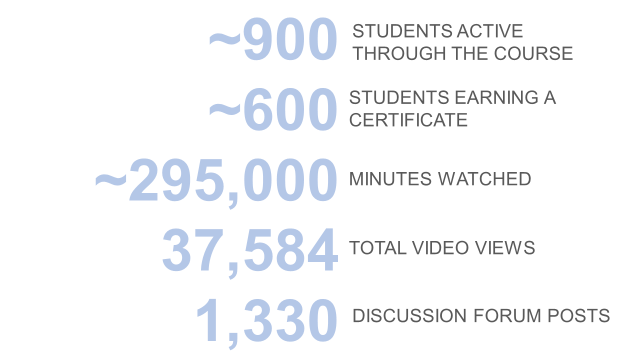
Learner profile
Only about one third of the MOOC participants were full- or part-time students. The rest were professionals. The majority of most MOOC course learners are already students. We attribute the success of this MOOC among professionals to the tailoring of course content to practitioners in our field and the marketing strategy we used to reach out to them.
Among professionals, 27 percent were from civil society, 20 percent from government, 14 percent from development agencies, 7 percent from professional associations, 9 percent from extractive companies and 21 percent from other private sector entities. Participation in the MOOC is more evenly distributed across stakeholder groups than in the residential courses that our organizations operate, with notably higher participation from private sector entities. This may be attributed to the fact that staff in these stakeholder groups cannot take time off for a residential training and prefer to learn in an online setting. This indicates that our MOOC could serve as a key mechanism to build a shared agenda with other support providers as well as the private sector.
A concrete example of how the MOOC can help build this shared agenda is provided by a blog post written by one of the participants from a private sector consulting firm, which outlines the importance of connecting contracts to a coherent legislative framework, one of many institutional key messages that were conveyed by the MOOC.
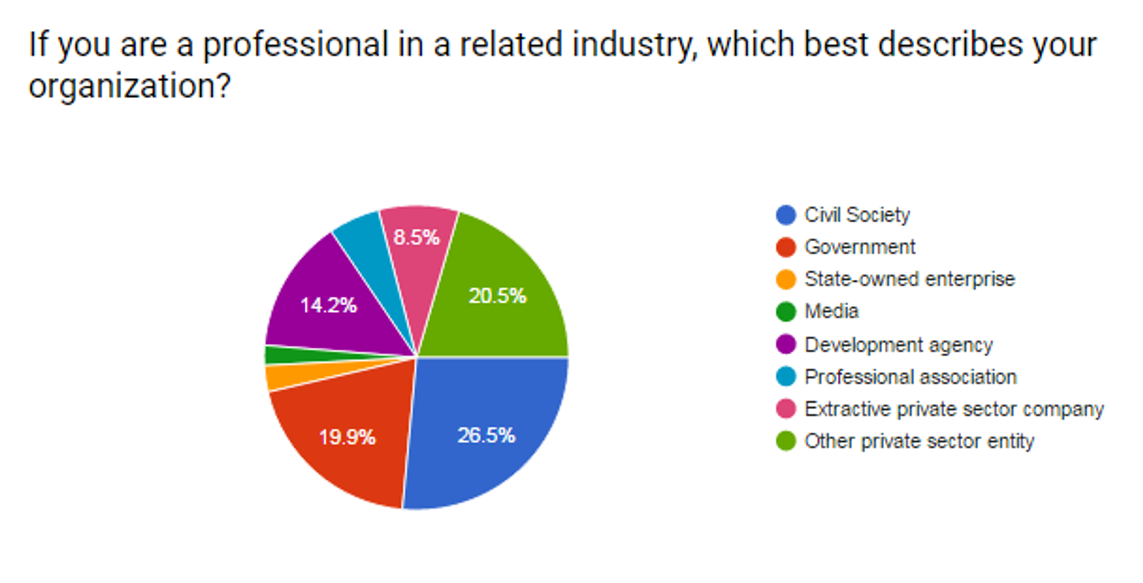
Age
The first edition of the MOOC was most popular among participants aged 25 to 34. This broadly tracks with other SDSN MOOCs for which we have data, as MOOCs tend to have more traction with a younger population. In turn, we see this MOOC as a key mechanism in attracting more young people to the extractive governance field. Through their participation in the field, we will be able to harness their valuable support and service among the many active stakeholders in the extractive industries and empower a new generation of informed leaders for the future.
Gender
Approximately 63 percent of participants were men and 36 percent were women. We expected greater gender balance overall, since a ratio of 50/50 is common in most MOOCs. The preponderance of male participants is partly explained by the fact that the MOOC drew a large number of participants from among extractive sector professionals, and may have suffered from the gender imbalances that are present in our field of work. NRGI is currently undertaking research into gender to identify how to best attract women to our courses, whether residential or online. This will inform recruitment for the future editions of the MOOC.
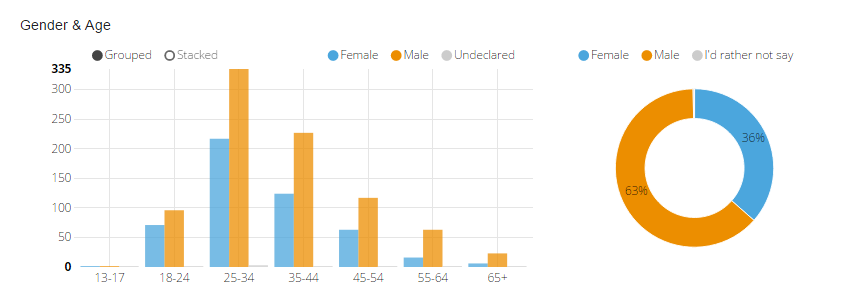
Geography
The first edition attracted participants from 130 countries. The MOOC was generally most popular in English-speaking countries with some exceptions. (The course is offered only in English at the moment.) The MOOC was most popular in the US, Ghana and Nigeria. To help students from non-English speaking countries, we will be adding transcripts in Spanish and French (the most spoken native languages other than English among first edition participants) to all the MOOC videos ahead of the next edition. This will create a more conducive learning environment for native Spanish and French speakers, notably in Latin America and Africa.
We are also seeking reputable academic partners and other regional institutions that are willing to work with us to launch regionally adapted versions of the MOOC in the language of the region starting in 2017. If your university or institution is interested in collaborating with us in this endeavor, please email our team at the address below.
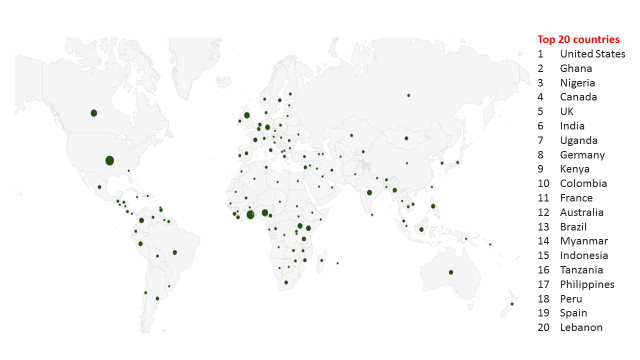
Content
The vast majority of those who responded to the final survey reported that the course met their expectations. But they also offered valuable feedback on how to improve the MOOC. In response, we have trimmed down reading requirements, while still offering a complete set of ancillary readings that students can consult to deepen their understanding of a specific topic covered in the MOOC. Students will also be able to download scripts in PDF. Discussion forums will be more actively moderated. We have taken feedback on individual weekly modules on board and will re-film selected modules throughout 2017 to bring learners a refreshed and even better course in time for the September 2017 edition.
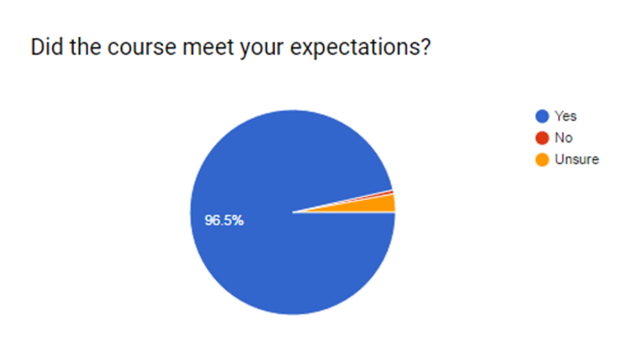
Overall, we are pleased by the success of the first edition of the course and excited to act on the insightful feedback students provided.
If you are interested in collaborating with us, for instance in building regional adaptations, or wish to provide additional feedback on your experience with the MOOC, send an email to [email protected].
For those interested in the September edition of the MOOC, registration is now open on the SDSN website.
Megan Cassidy is the director of operations at the Sustainable Development Solutions Network Association. Matteo Pellegrini is the capacity development director at the Natural Resource Governance Institute. Lisa Sachs is the director of the Columbia Center on Sustainable Investment.
